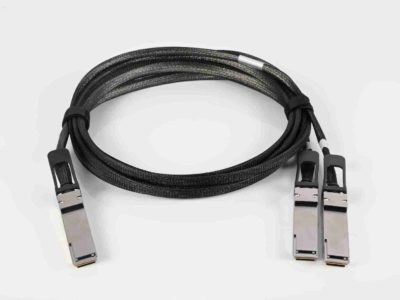Newly released data from IDC’s Worldwide Quarterly Mobile Phone Tracker shows that Africa’s overall mobile phone market suffered a year-on-year (YoY) decline of 19.9% in Q3 2022 to total 42.2 million units. The feature phone market was down 20.1% YoY to 24.4 million units, while smartphone shipments declined 19.8% to 17.8 million units, which represents a very low quarterly smartphone volume for the continent.
RELATED: IDC Research reveals critical importance of strategic partnerships to MEA’s ICT ecosystem
All of Africa’s smartphone markets experienced YoY declines in Q3 2022, with the two major markets of South Africa and Nigeria falling 16.2% and 21.1%, respectively. “The declines seen across the continent were caused by an overall slow economy, high inflation rates, higher dollar exchange rates, and the increasing cost of living,” says Taher Abdel-Hameed, a senior research analyst at IDC. “All of these factors contributed to a slowdown in demand, which in turn forced most of vendors to cut their shipments into African markets.”
Egypt’s smartphone market declined 73.4% YoY due to the introduction of government regulations around imports. “The Egyptian government has introduced several restrictions on mobile phone imports,” says Abdel-Hameed. “These restrictions — which include requirements for all import payments to be conducted via letters of credit (LCs) and for all LCs to be approved by the central bank, with limited approvals granted so far — have caused a huge dip in the market.”
Transsion brands (Tecno, Infinix, and Itel) continued to lead Africa’s smartphone market in Q3 2022, with a combined unit share of 47.4%, followed by Samsung and Xiaomi with respective shares of 25.9% and 6.4%. Transsion brands also dominated the feature phone market, with a combined unit share of 79.1%, followed by Nokia (6.1%).
The low-end price bands (less than $200) continued to dominate Africa’s smartphone market in Q3 2022, accounting for 83.6% share of shipments. The major increase versus Q3 2021 was seen within the $100 to $200 price range. The midrange price band ($200 to $400) maintained its position in the rankings, suffering a slight decline in share from 12.8% in Q3 2021 to 11.6% in Q3 2022.

Looking ahead, IDC expects the African smartphone market to grow 8.8% YoY in unit terms in 2023. “While 2022 has been a year of downturn in the African smartphone market, especially with Egypt undergoing a challenging period, a return to growth is expected in 2023,” says Ramazan Yavuz, a senior research manager at IDC. “This growth will be spurred by a recovery in the Egyptian market and an influx of more affordable models to offset declining consumer disposable income in most countries across the region.”
































